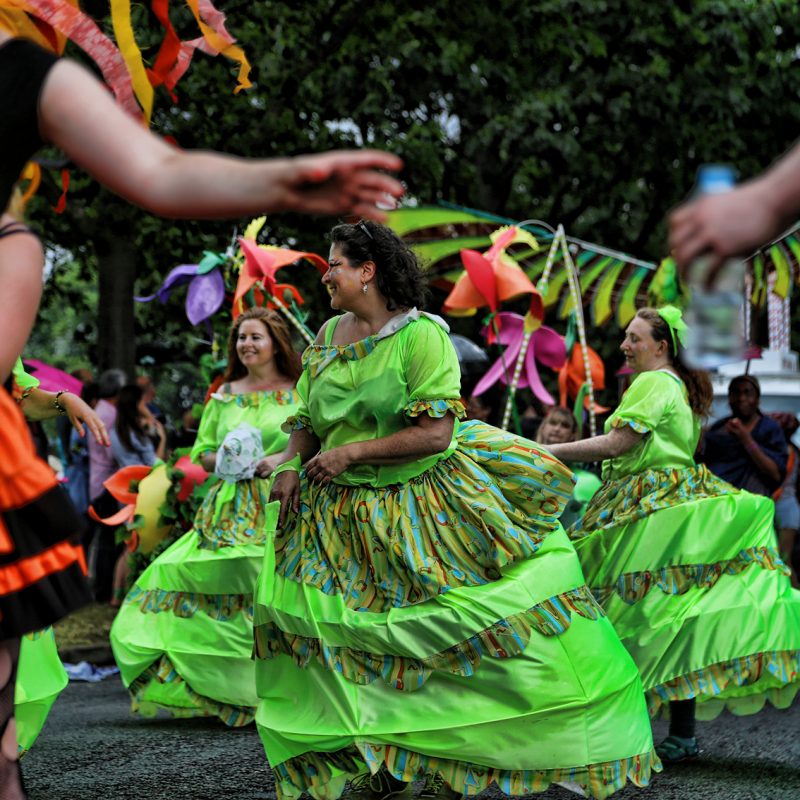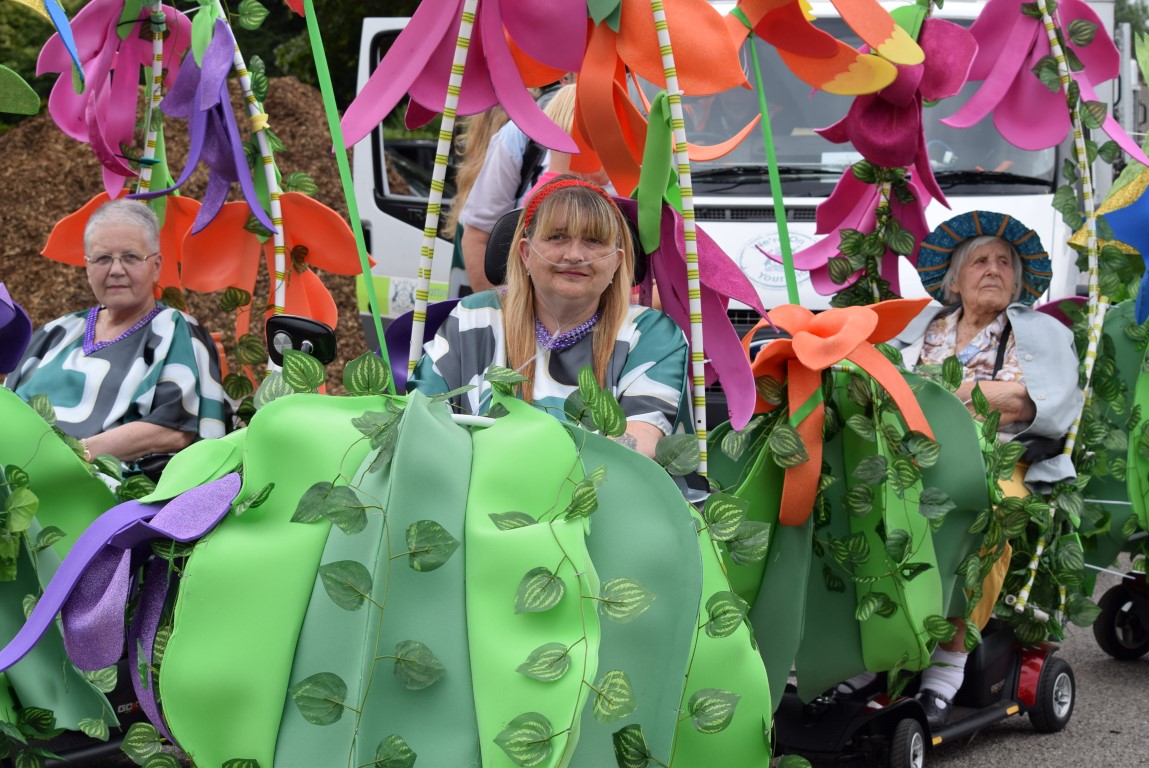Old content
This post is over 3 years old. Some of the content might be out of date. If your after something more up date, check out our latest posts. If you want to find out more about the content on this page, contact us.
The conference was an inspiring, enriching and humbling experience in equal measures. The commitment that carnival organisers and artists show, both to their art form and their communities, is second to none. It is very rewarding to be part of such a group and left me thinking about some of the things that make carnival great:
Carnival is a global industry
Photo Credit: Stephen Bowler
One of the key things I took away from the conference is the macro-micro nature of carnival. It is a global industry, and in the cases of Rio or Trinidad, a multi-million pound industry that has a huge economic impact for the communities that host it. Closer to home, Leeds Carnival has been measuring their impact and the conservative estimate is that they have brought over £10 million into the city.
Carnival brings communities together
Mandinga at Vicky Hilton’s exhibition “Carnival presents”
Carnival is not just about big business, and many of the speakers at the conference talked in depth about their personal experiences of carnival, how it has impacted their lives and those of the individuals they work with. Former regional Carnival Queen, Samantha Hudson, talked about a research trip to Brazil that ended in an on-going relationship with a local orphanage. As well as working with the children in Brazil, now she is home she continues to fundraise for the centre in order to support them further.
Carnival can also be at the heart of community cohesion, supporting communities to become less isolated and separate. Another speaker, Vicky Hilton, told us about a carnival exhibition she has set up, and how she is working to take it onto the streets of Rotherham, in a bid to develop a positive and integrated project that can start to heal some of the deep rifts that have developed in the town after recent damaging events.
Carnival is an art form powered by talented people
The main thing I took away from the conference is that Carnival is an art form. At the heart of all of this work, and all of these positive economic, social and personal benefits, is the talent, energy and commitment of dancers, musicians, artists, puppeters and producers. Without the energy, colour and spectacle that these artists create with communities, you would have nothing more interesting than the walk to work and back again. All of the projects tell us about the impact that carnival has, but the art form leads the way – in feathers!



